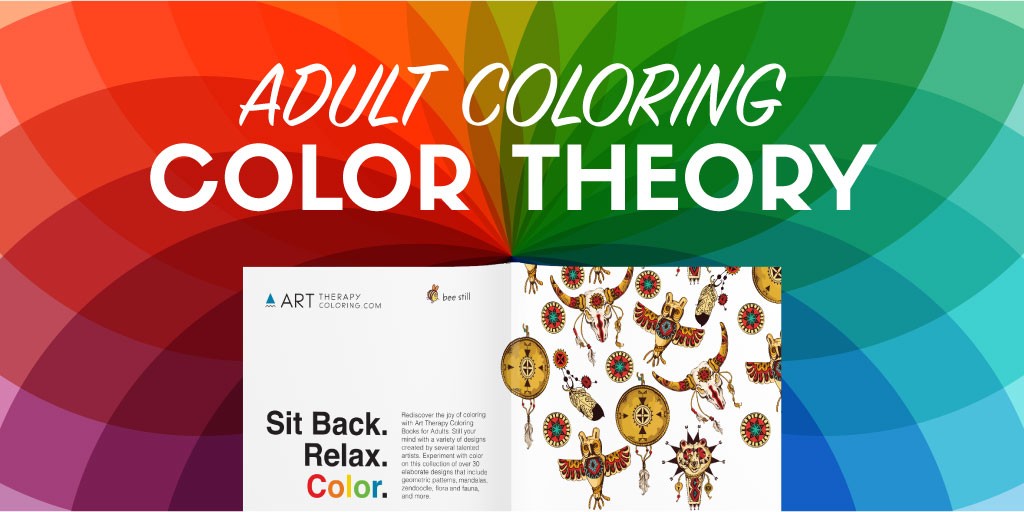- You have no items in your shopping cart
- Continue Shopping
should you know color theory?
Do I need to know anything about color theory to color?

Coloring is a fun activity that you can do no matter how much or how little you know about art. All you have to do is find colors that you think look pretty, and color the page with them.
Many people wonder if they need to know anything about color theory to be able to use adult coloring pages. The short answer is no; you do not need to know color theory at all. If you can pick colors that make you happy, then there is nothing else you need to know or do in order to be able to color. After all, coloring is all about the process and the enjoyment.
While you definitely do not need to know anything about color theory to be able to color, a little bit of knowledge may be able to help you make beautiful designs and think of color combinations you might not have been able to come up with otherwise.
If you are interested in learning about color theory, read on to become familiar with some of the basics and discover how to use colors to make amazing, eye-catching pictures. Of course, this is if you want it. It is by no means necessary, but it can be enjoyable to have the artistic theory to use as tools.
What is color theory and why does it matter?
Color theory is all about learning what colors work well with each other, and how different combinations can be used to bring your pictures to life. Color theory can help take your pictures from fun coloring pages to real works of art. Different color schemes can give different effects to your pictures, and can even evoke different emotions when you look at them.
Movies often use color schemes to great effect to create a unified look to the film and to create a particular feeling or impression in the viewer. For example, the Disney film “Tangled” uses a complementary color scheme (purple and yellow) to create a bright, upbeat tone. The more recent Disney film “Frozen,” on the other hand, uses an analogous color scheme (blue, purple, and magenta) to create a more subdued tone appropriate to a winter story. The French film “Amelie” uses highly saturated complementary colors (blue and green) to create the impression of a magical fantasy world within ordinary everyday Parisian life, while Tim Burton’s “Corpse Bride” uses unsaturated cool colors to make the living world dull and dreary, compared with the vibrant, saturated, bright colors of the dead world.
Outside of films, color theory is constantly used to manipulate our emotions and make us feel certain ways. Red and yellow, the traditional colors of McDonalds and many other fast food chains, are exciting colors that make us hungry. Blues, greens, and neutrals are colors that calm us and make us relaxed, which is why you will see them in spas. If you research interior design recommendations, you will probably see recommendations to use a blue or a green tone for your bedroom to help you calm down and sleep, while a bright, cheery color like yellow might be preferred for your kitchen.
Thus color theory follows us around in our lives though we may not notice it or pay particular attention to it. If you are interested about learning color theory to turn your coloring pages into works of art, we explain the basics to get you started on your journey of carefully chosen, beautiful color schemes.
